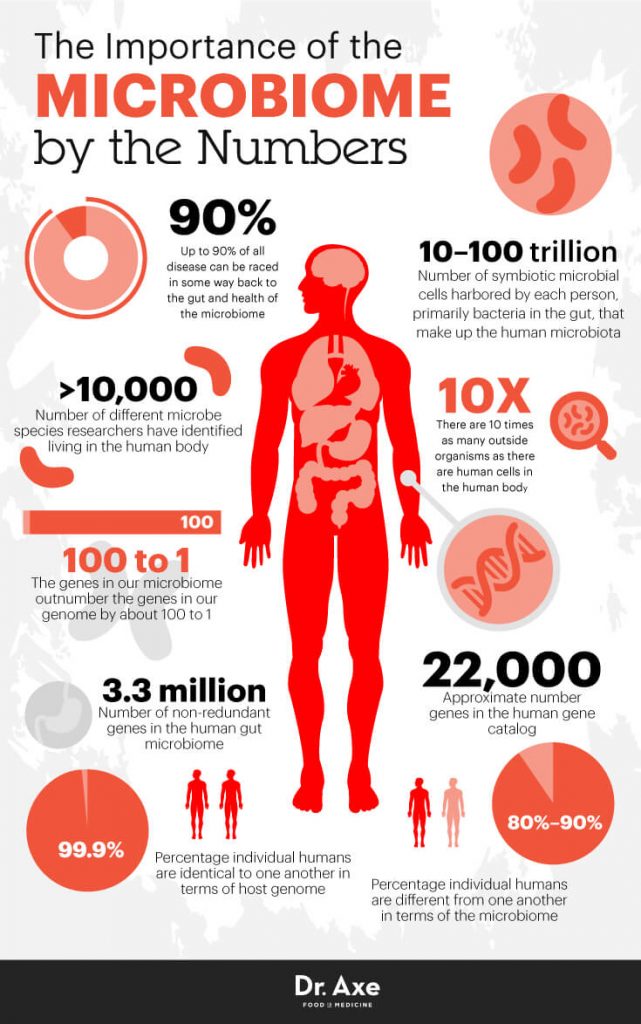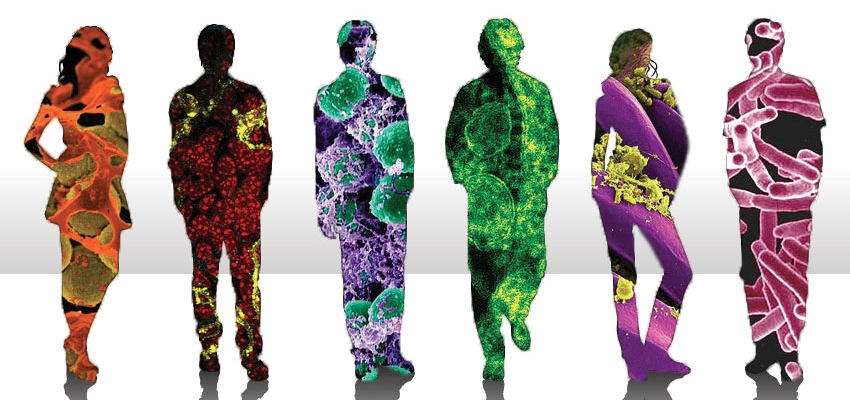One aspect of posthumanism emerging in society that I’ve been most interested in lately is research about the microbiome. Biology has long relied on the conception of an essential individual as a unit of analysis. An individual might be defined in a myriad of ways, including anatomically, embryologically, physiologically, immunologically, genetically or evolutionarily (Gilbert et al. 2012). However, microbial symbiosis research is disrupting what was a standard biological research framework: “Symbiosis is becoming a core principle of contemporary biology, and it is replacing an essentialist conception of ‘individuality’ with a conception congruent with the larger systems approach now pushing the life sciences in diverse directions. These findings lead us into directions that transcend the self/nonself, subject/object dichotomies that have characterized Western thought,” (Gilbert et al., p. 326). Ed Yong (2016) explains in I Contain Multitudes that none of the former attempts at defining biological individuals is able to survive scrutiny in light of microbiome research, even claiming that, “perhaps it is less that I contain multitudes and more that I am multitudes,” (p. 24, emphasis original).

The composition of one’s microbiome is also impacted by the tools that one uses. Council et al. (2015) have found that: “…human skin microbial communities are unique relative to those of other primates, in terms of both their diversity and their composition. These differences appear to reflect both ancient shifts during millions of years of primate evolution and more recent changes due to modern hygiene,” (p. 1). In particular, the authors found that in the absence of deodorant and antiperspirant, the human skin microbiome more closely resembles that of apes. In other words, the use of deodorant and antiperspirant for hygienic reasons alters the composition of the microbiome.
Understanding the posthuman from the perspective of the multitude of its microbiome helps move beyond a purely technologized idea of posthumanism that still allows for an affirmative perspective (Herbrechter 2013).
References:
Council, Sarah E., Amy M. Savage, Julie M. Urban, Megan E. Ehlers, J. H. Pate Skene, Michael L. Platt, Robert R. Dunn, and Julie E. Horvath. “Diversity and Evolution of the Primate Skin Microbiome.” Proceedings of the Royal Society B: Biological Sciences Proc. R. Soc. B 283, no. 1822 (2016): 20152586. doi:10.1098/rspb.2015.2586.
Gilbert, Scott F., Jan Sapp, and Alfred I. Tauber. “A Symbiotic View of Life: We Have Never Been Individuals.” The Quarterly Review of Biology 87, no. 4 (2012): 325-41. doi:10.1086/668166.
Herbrechter, Stefan. Posthumanism: A Critical Analysis. 2013.
Yong, Ed. I Contain Multitudes: The Microbes within Us and a Grander View of Life. 2016.

Leave a Reply
1 Comment on "The Microbiome As a Posthuman Approach in the Biological Sciences"
Hey there J.J., very interesting perspective, and one that i had certainly not thought about. I like the way you actually get from a very specific (post/in)human, where you are zooming all the way in on its molecules and atoms, from there on compares it to the same amount of zoom on a animal, and then actually quite ingeniously create an argument for a post-anthropocentric point of view.
This will concept will be in my head all weekend i think:)